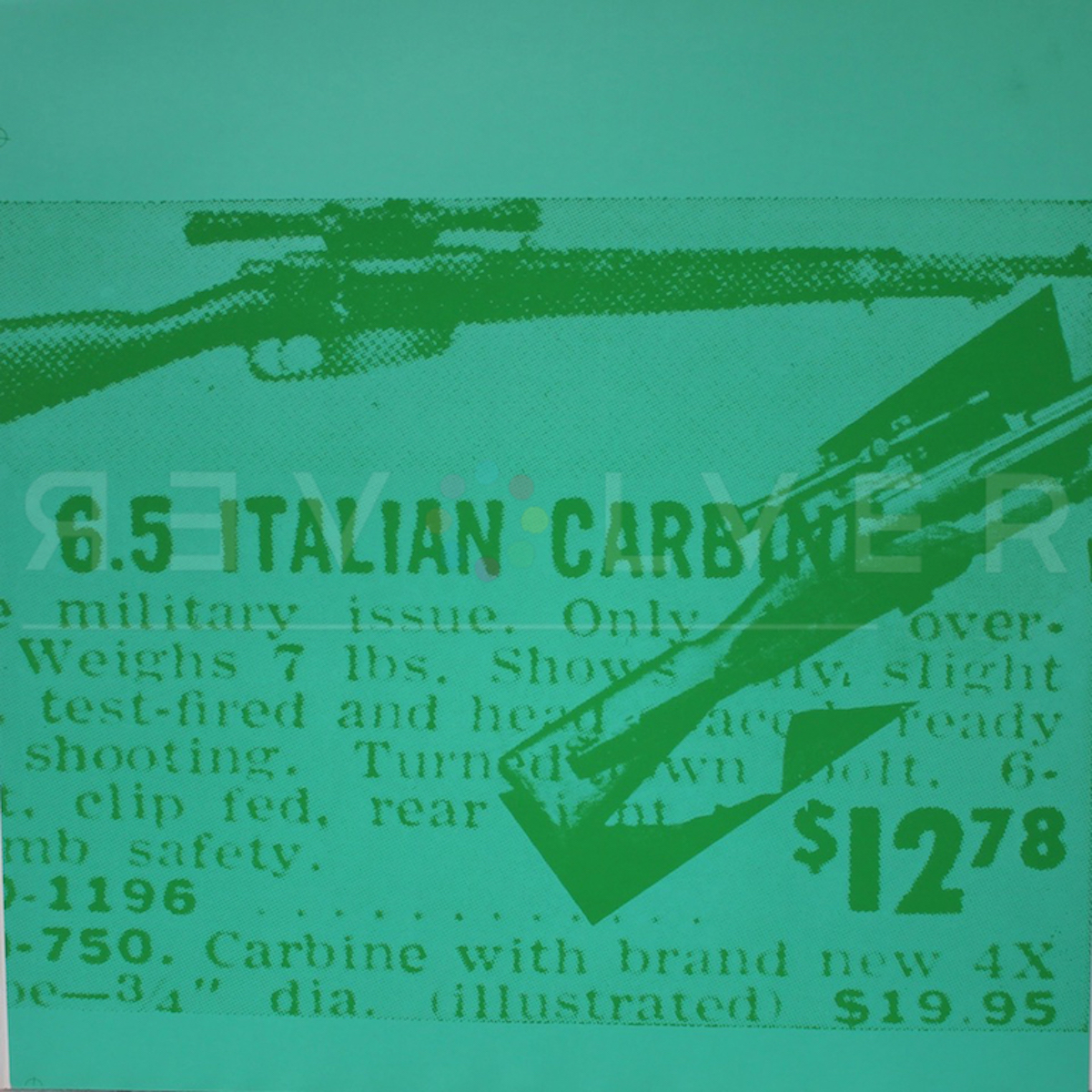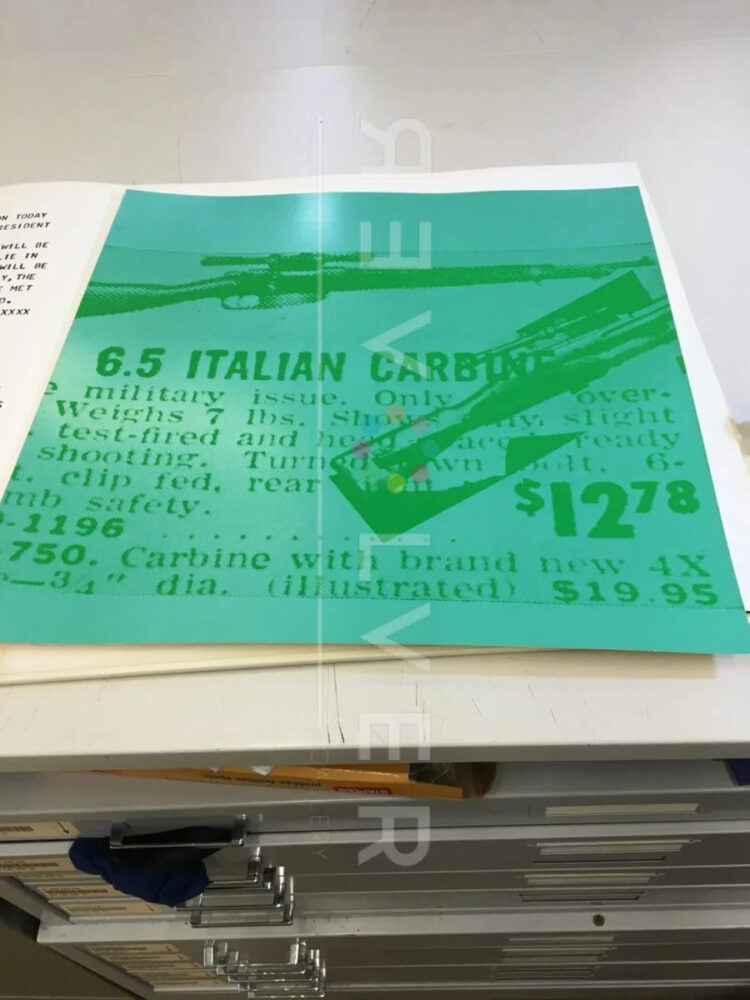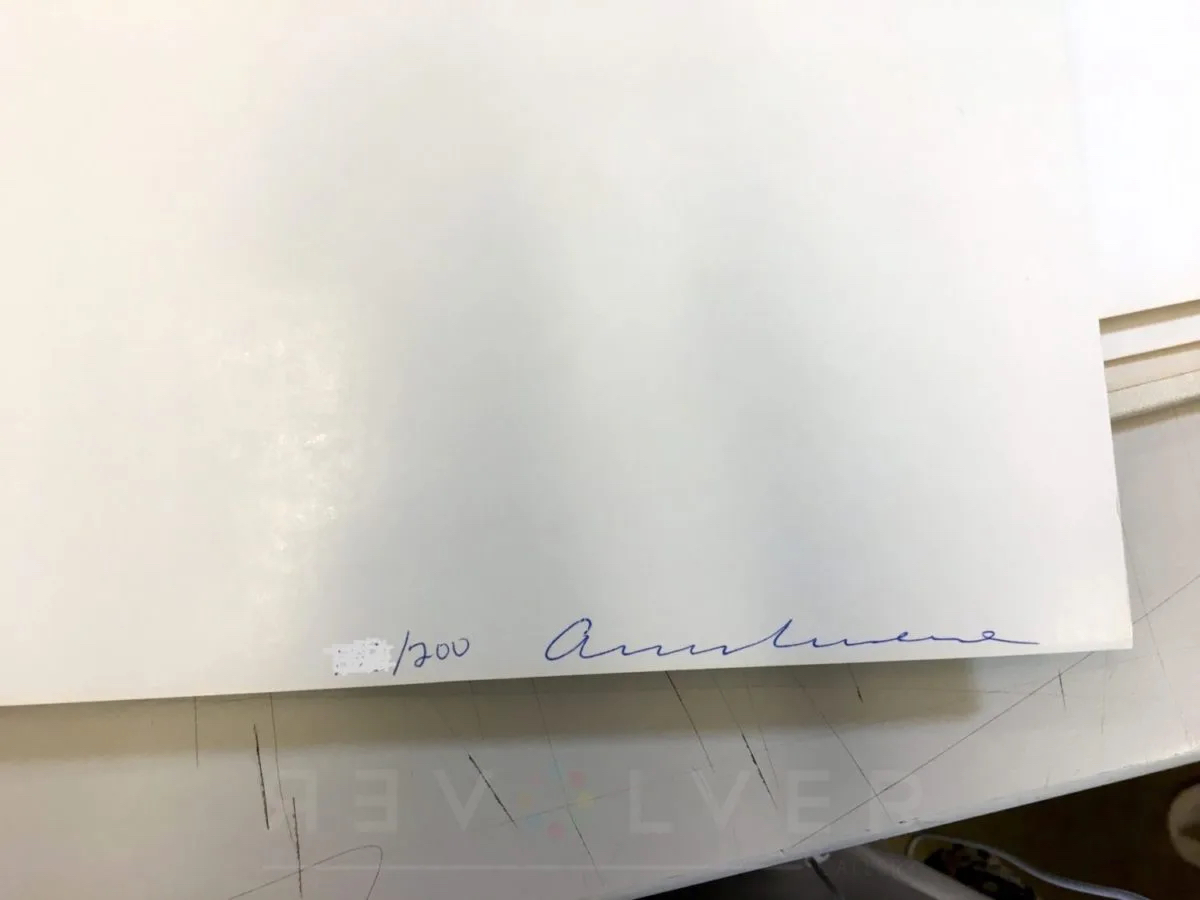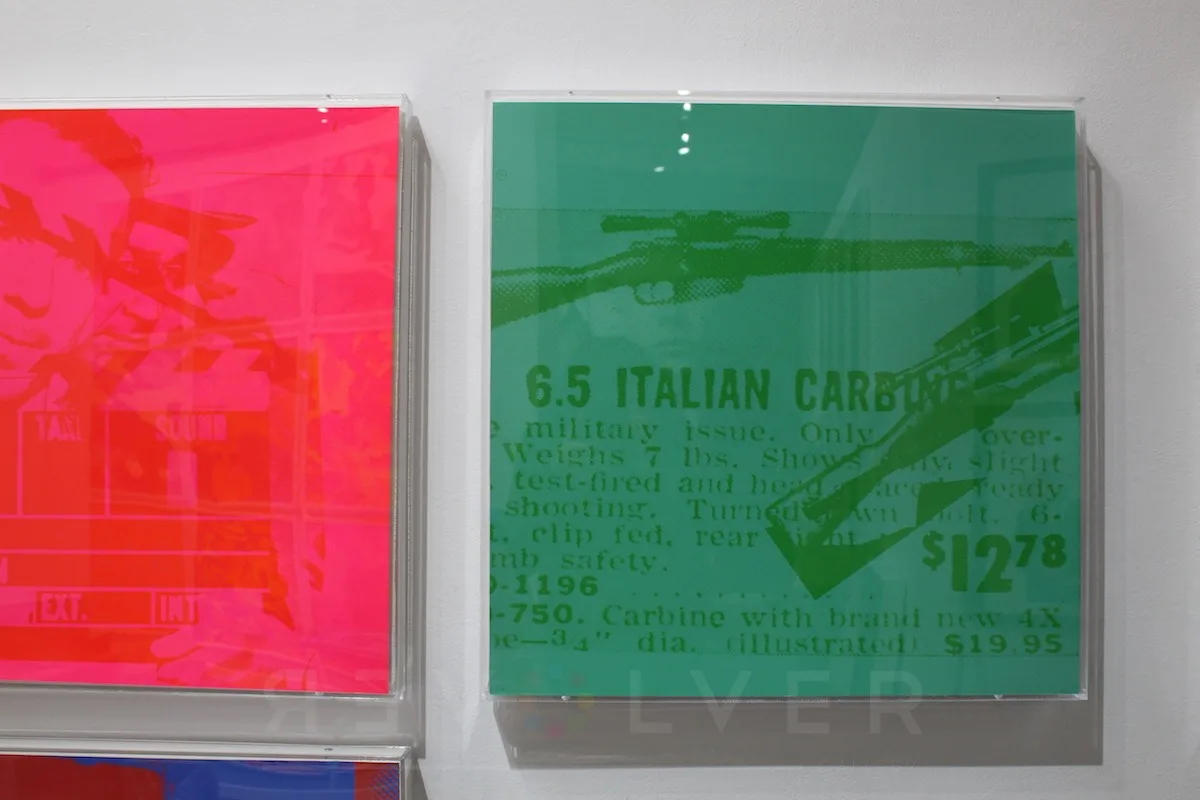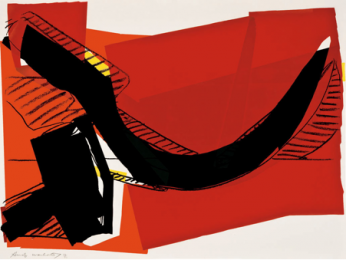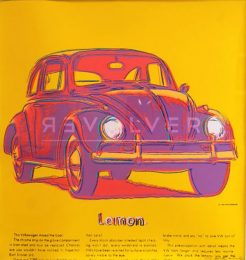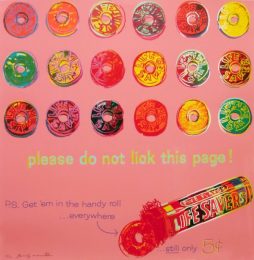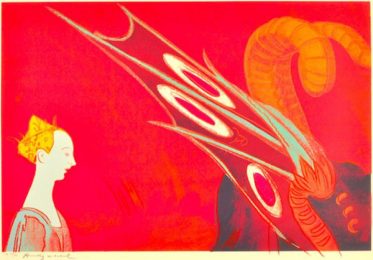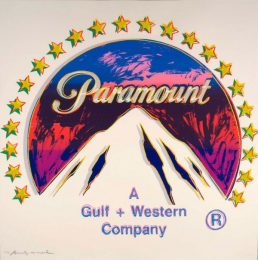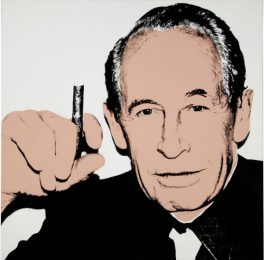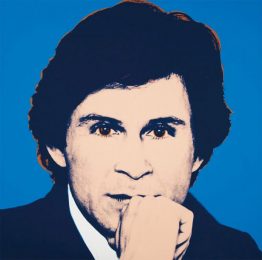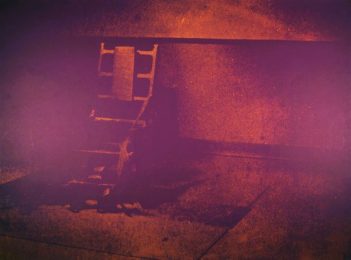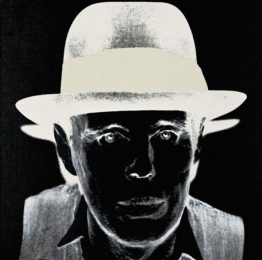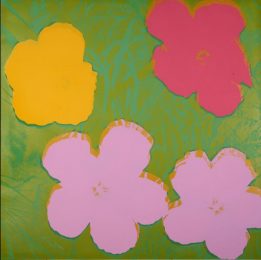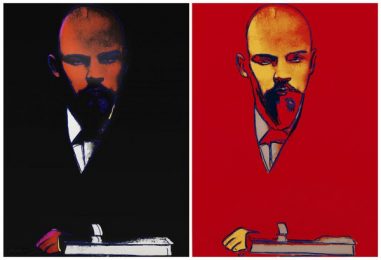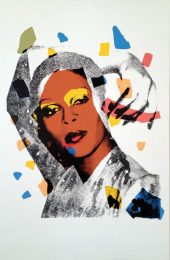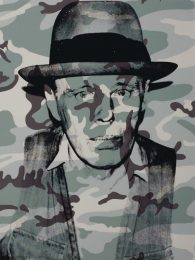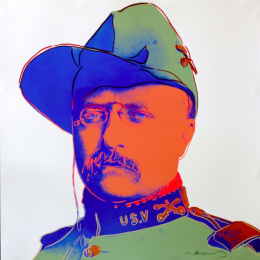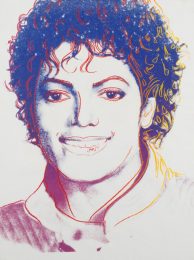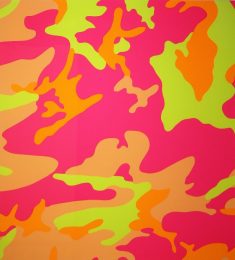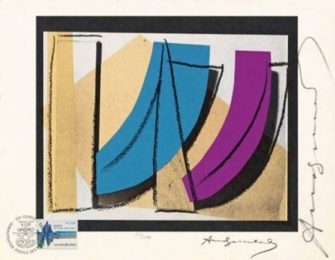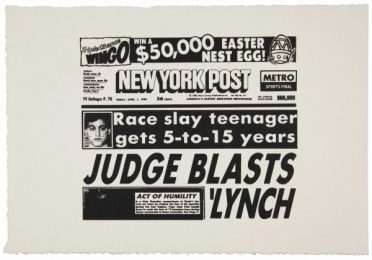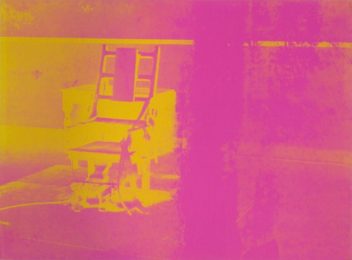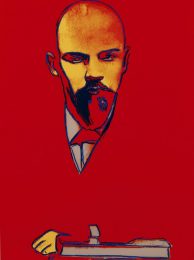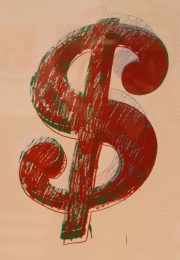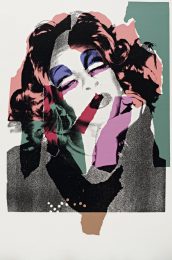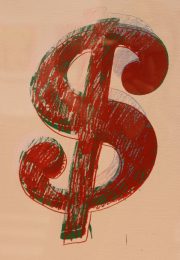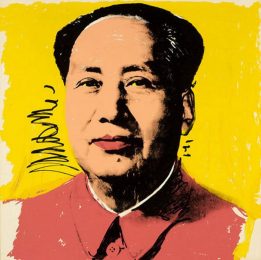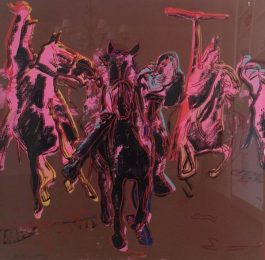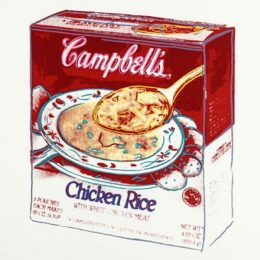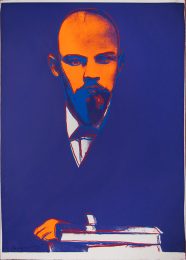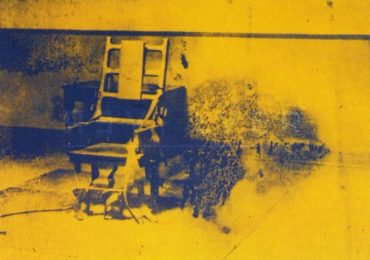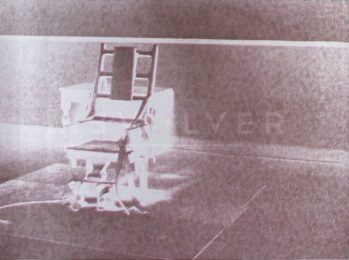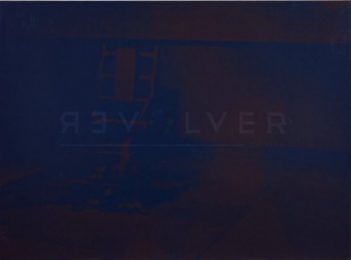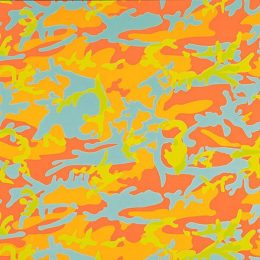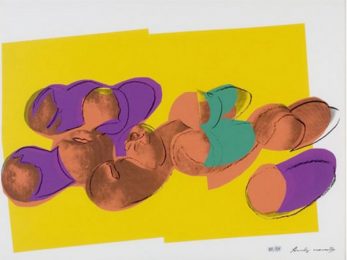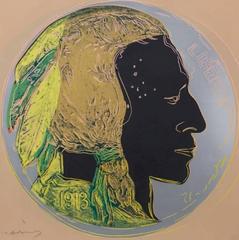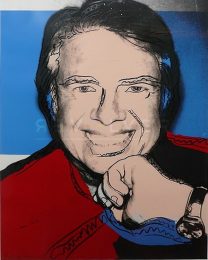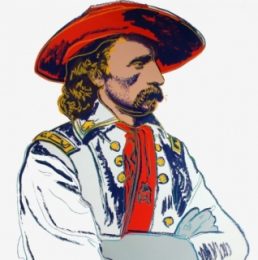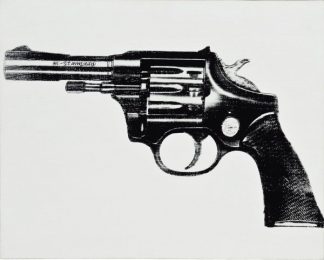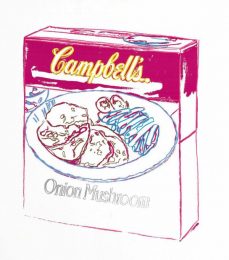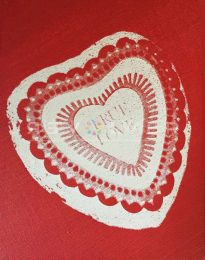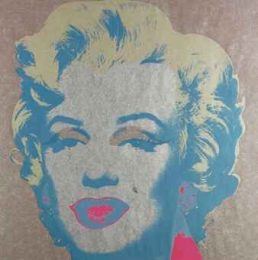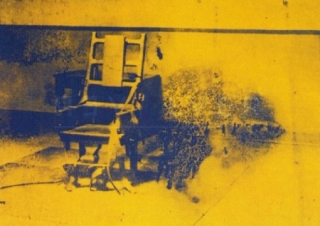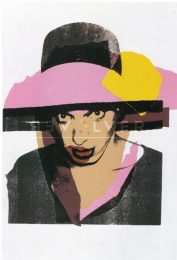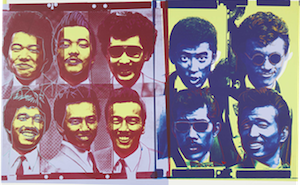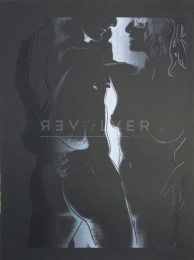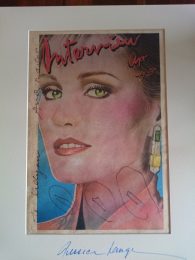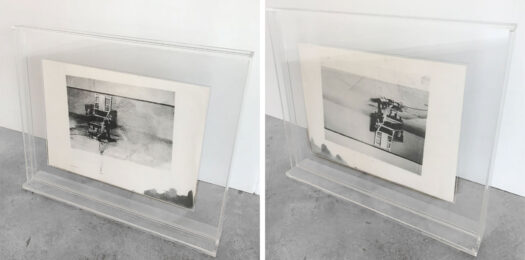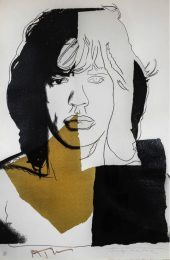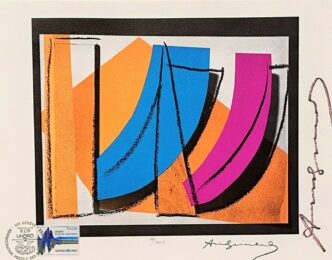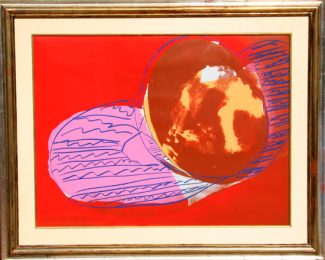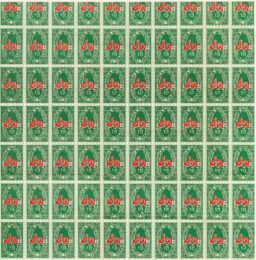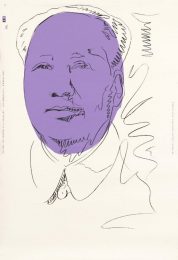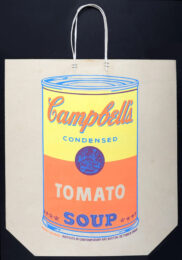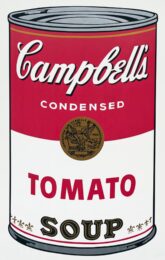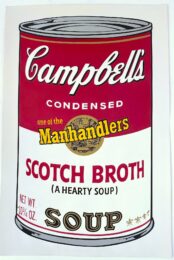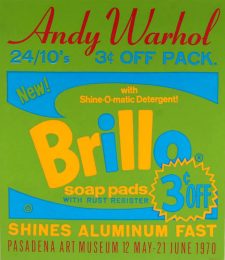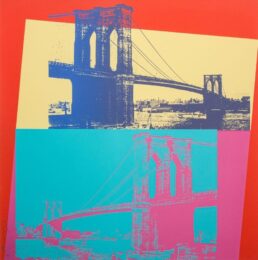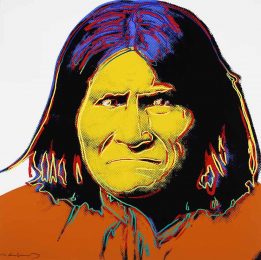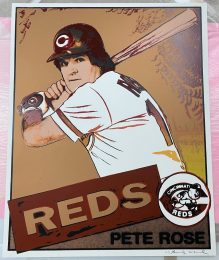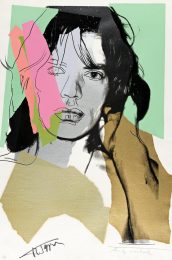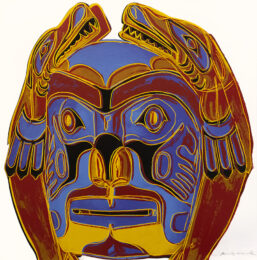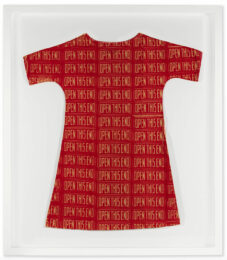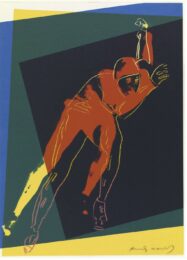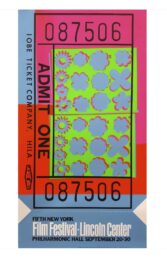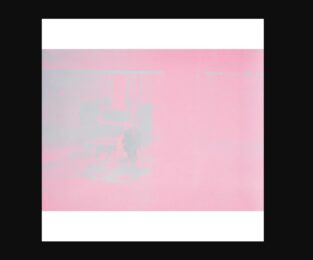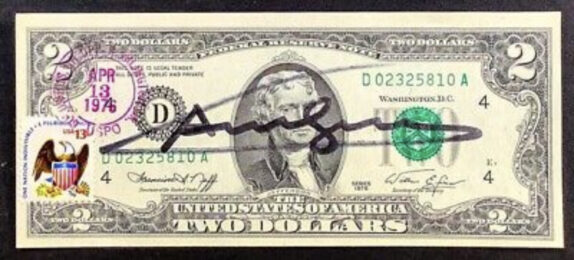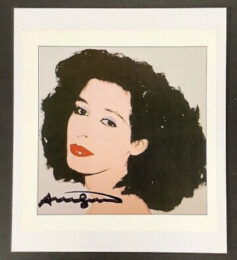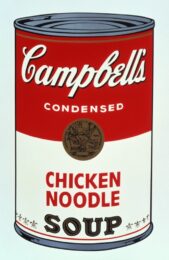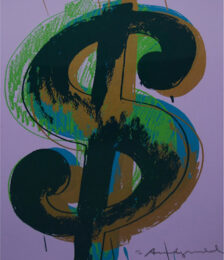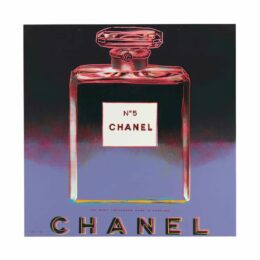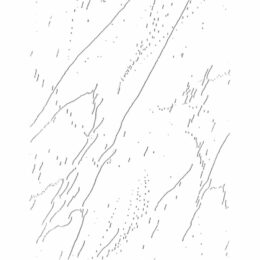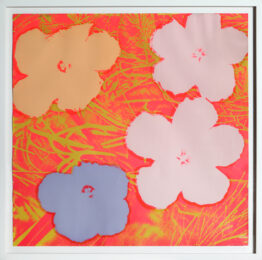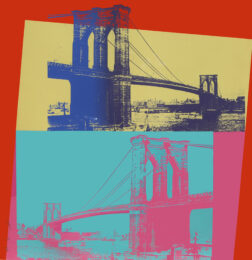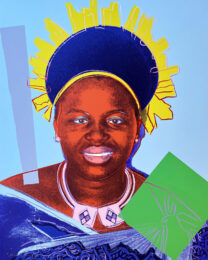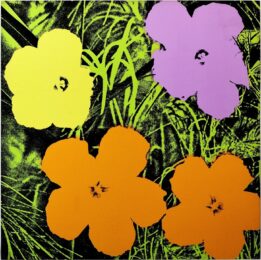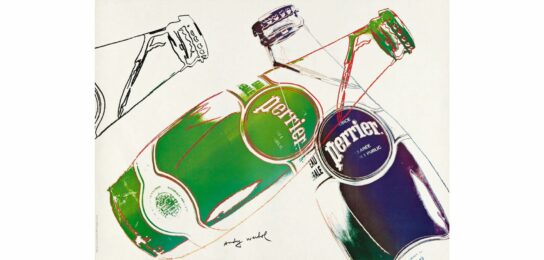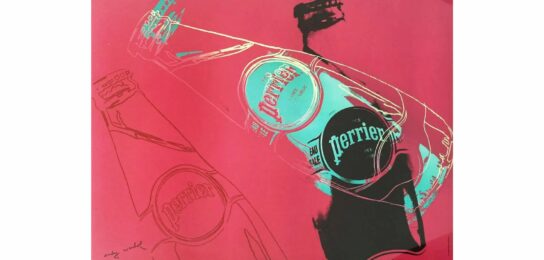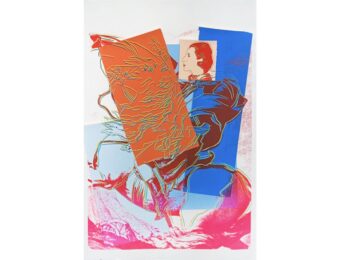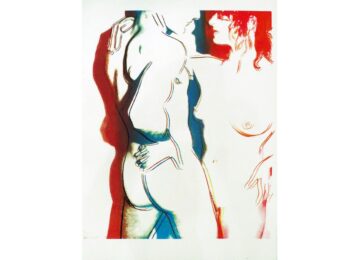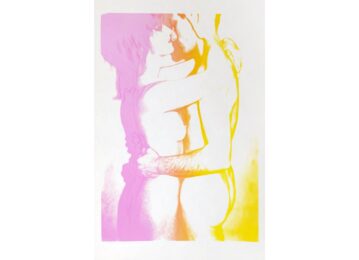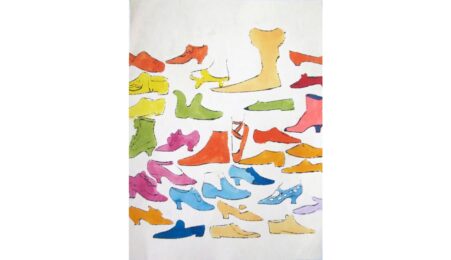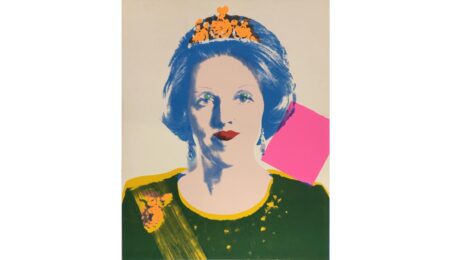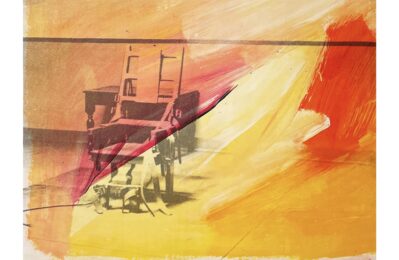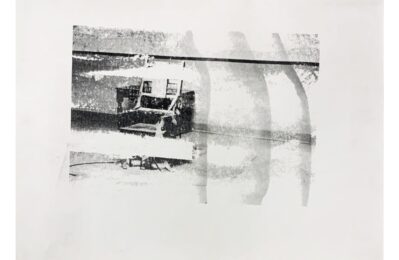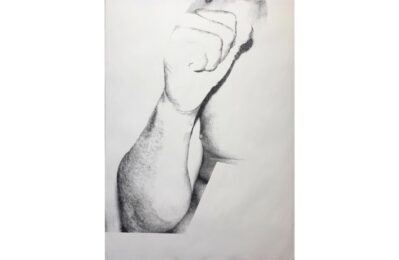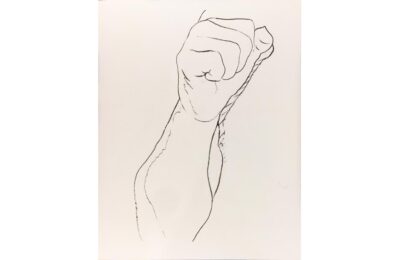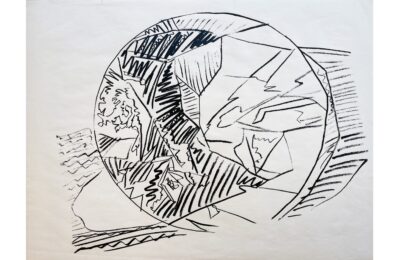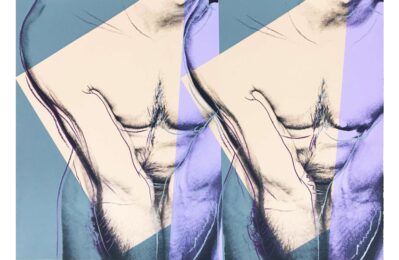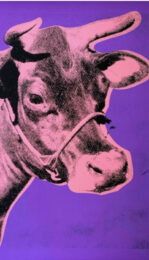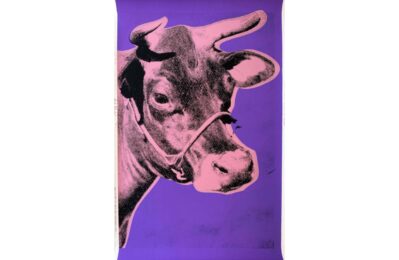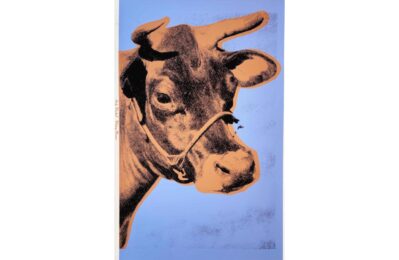Details — Click to read
From the regular edition of 200. The specific edition number will only be provided to the buyer at the point of sale. Please contact us to request this information at the point of purchase. Title: Flash (FS II.37) (November 22, 1963 Portfolio) Medium: Portfolio of eleven screenprints, colophon, and Teletype text on paper Year: 1968 Size: 21” x 21” Edition: 200, 26 numbered in Roman numerals; 10-lettered A-J has three additional screenprints, each of which is a composite of images from II.33 and II.38. (See II.43A-43C.) Details: Each print, housed in a folder with a page of Teletype text, is signed in ballpoint pen on verso; the colophon is signed and numbered in ballpoint pen. Flash 37 by Andy Warhol is a screenprint from the artist’s Flash series, published in 1968. Flash 37 serves to recall the collective memory of the Kennedy Assassination on November 22nd, 1963. The Flash portfolio features a collection of repurposed news clippings, campaign ads, and photographs from the days following the assassination. Originally, Warhol showed the prints next to varying teletype newswires that described the national tragedy. According to the Nielsen agency, 45.4% of Americans tuned in an hour after Lee Harvey Oswald fired the last bullet. Thus, the media greatly influenced how people would process the event, for days, months, and even years afterwards. Five years after Kennedy’s death, Warhol published the Flash series. Flash 37 depicts a mail-order gun ad for the weapon used to kill JFK: the 6.5 Italian Carcano M91/38 bolt-action rifle. Perhaps surprisingly, Warhol depicted more guns besides Oswald’s rifle. Warhol painted various gun models 13 years after Valerie Solanas made an attempt on his life. Warhol used Solanas’s .32 snub-nosed revolver as inspiration for many of the prints, titled Gun. The ownership of firearms was just as prevalent in the US as it is today, however the JFK assassination would prompt the Gun Control Act of 1968–the same year of Warhol’s assassination attempt. By focusing on the weapon used by Oswald, Warhol also revealed the loose commercialization of firearms. The convergence of this print with Warhol’s assassination attempt and the 1968 Gun Control Act makes Flash 37 all the more legendary in Warhol’s catalogue. JFK’s assassination became a historical milestone for those alive in 1963, and a date of intrigue for those born afterwards. Warhol was interested in what images the media imparted onto a shocked America: “I’d been thrilled having Kennedy as president; he was handsome, young, smart–but it didn’t bother me that much that he was dead. What bothered me was the way the television and radio were programming everybody to feel so sad. It seemed like no matter how hard you tried, you couldn’t get away from the thing.” The media blitz became enough of a sensation to capture Warhol’s attention, and the collective emotional distress that it caused was distressing in and of itself. As tragedy befell presidential fame, the murder of JFK became a fabled moment in time. This pairing of tragedy and fame is evident throughout the Flash series, making it an important cultural artifact from the 1960s. Flash 37 is one of Warhol’s most sincere and deliberate works. The Flash portfolio closely relates to Warhol’s Death and Disaster collection, which presents a variety of gruesome images from newspapers and media headlines.

